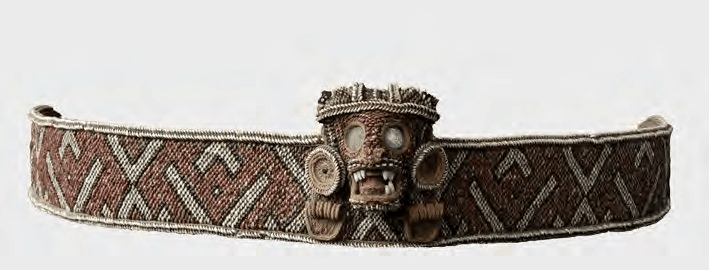Ricardo Alegria's El uso de la incrustación en la escultura de los indios antillanos covers a potentially important topic, but sadly does not take it anywhere. Essentially, it is quite similar to his work on ball courts and plazas but with fewer theories or conclusions. However, the study emphasizes how the Taino encrusted so many works of wood, cotton, stone and other materials that served utilitarian and ritual or ceremonial purposes. Some of these pieces were true masterpieces in indigenous Caribbean art, featuring gold, conch shells and other objects. The fact that gold and shell were usually used for teeth and eyes of idols, three-pointer cemis and other objects is undoubtedly significant, too. Why the mouth was filled in gold for some of the most elaborate duhos, for instance, must surely have some deeper meaning in the Taino worldview and culture. Unfortunately, Alegria does not delve into those questions here, but the number of cohoba holders, duhos and other objects that featured gold or shell encrustrations is suggestive of deeper meaning. The use of shell to represent teeth seems natural enough for anthropomorphic or zoomorphic idols and cemis, but gold for the mouth, eyes or ears might have associations with turey, and the divine realm. As for why the only remaining duho to still possess its original gold is its mouth may have been linked to the belief that the spiritual world could communicate in rituals.


No comments:
Post a Comment